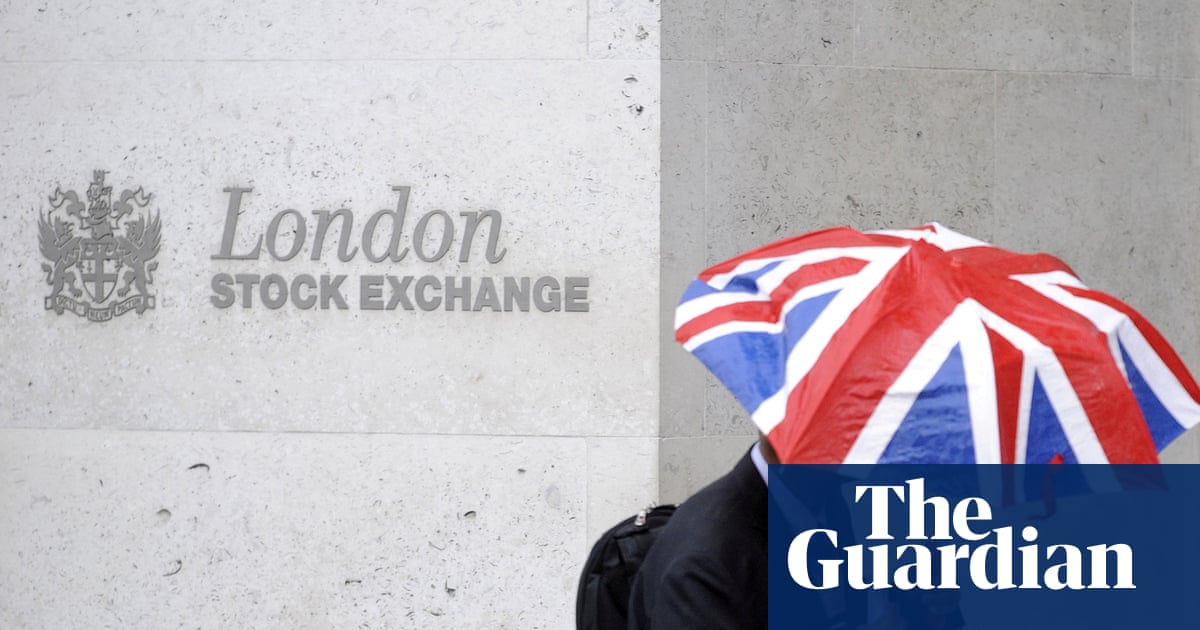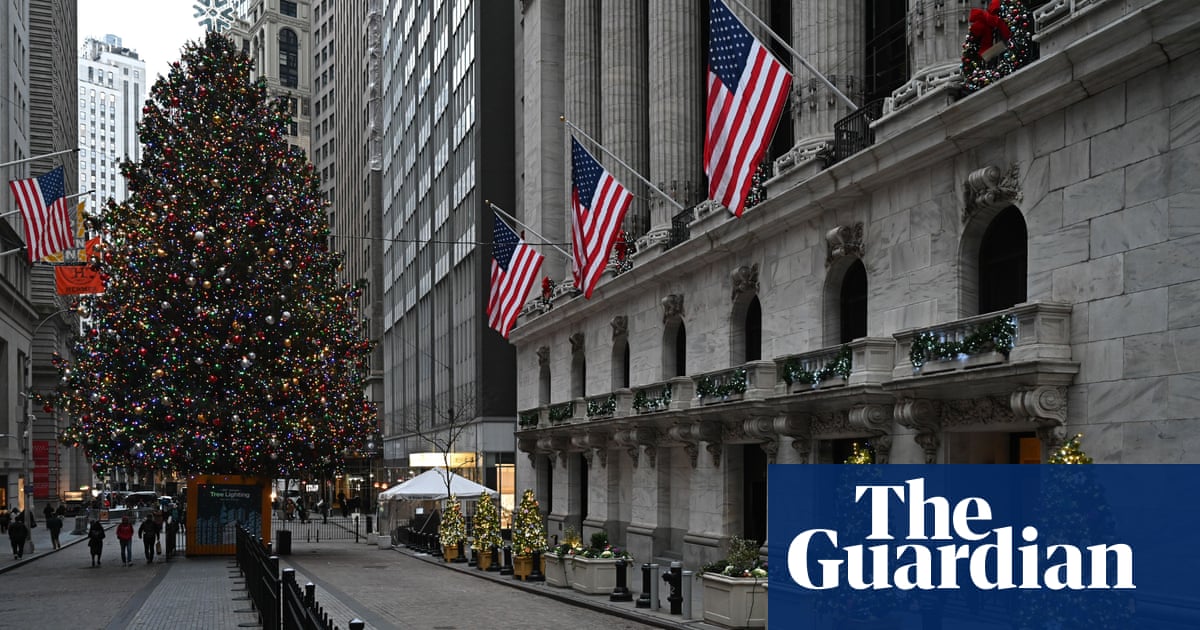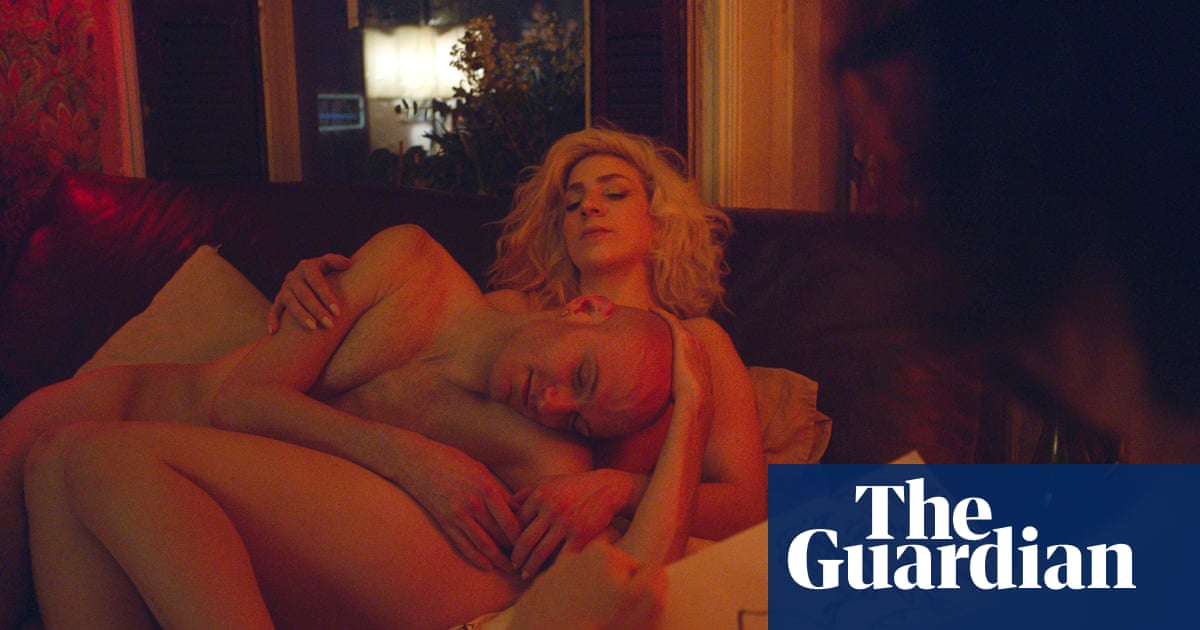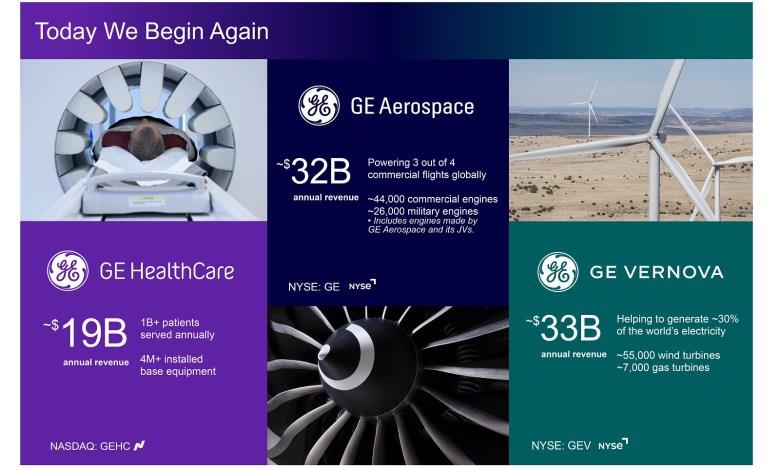
veryone knows what financial trading looks like, right? A large room of blokes (mainly) with paunches and worryingly high blood pressure who shout and wave against a backdrop of flashing electronic numbers.
In reality the vast majority of trades are done by computers away from the floor, but that scene remains the enduring image of stock markets – one made familiar by films such as Trading Places.
Which is why a line from that 1983 movie is being used to trail the partial return to open outcry trading on the New York Stock Exchange this week, after the physical floor (but not the electronic market) was closed in March as part of the coronavirus lockdown.
“We’re back, Mortimer,” was how veteran floor trader Peter “Einstein of Wall Street” Tuchman put it.
Tuchman, who is sometimes called the “most photographed trader on Wall Street”, is recovering from a nasty bout of the virus himself, so it is difficult to begrudge him his enthusiasm.
But is this week’s return of open outcry trading at the NYSE – where safety concerns will only permit about 25% of the normal numbers of brokers back – really such a big deal?
In normal times there tend to be two views of the NYSE’s physical trading floor, a feature many other bourses have long abandoned. To its supporters, it is an important and more sophisticated adjunct to the vast majority of market trades, which are conducted by machines.
If an investor wants to buy a stock at $10, the computer will quickly find a seller and make that trade. But a human on the exchange floor would talk to other traders and might discover lots of potential sellers milling around, and use their judgment to decide whether it is worth waiting to see if the price falls.
“It’s the difference between [takeaway] delivery and going to a restaurant, where you can look at the menu and talk to the waiter about the specials,” floor trader Steve Grasso told the Washington Post last month. “You get your food either way. But you get an inferior experience if you don’t go to the restaurant.”
Grasso is a bit of a Wall Street television celebrity, which brings us to the opposing view of the physical trading floor: that it is a shameless marketing ploy, useful only as a backdrop for the network’s financial news bulletins. The viewers expect a trading floor, damn it, so we’ll give them a trading floor.
This expectation can also get turned up a notch during crises, when Wall Street suddenly morphs into a symbol of the American way of life.
After the 11 September 2001 attacks, the exchanges closed down completely, but the markets swiftly reopened (before, predictably, slumping) and then New York mayor Rudy Giuliani memorably described Wall Street as a “monument to our liberty”.It was tricky to argue with Giuliani, and now that he’s President Donald Trump’s lawyer, one wonders if he will be back this week to mark the rebirth of open outcry.
If he does make a trip to the trading floor, the former mayor will need (depending on where he gets his medical advice) a pen for signing the inevitable document indemnifying the NYSE against potential lawsuits, a hydroxychloroquine bagel and a hip flask of bleach.












